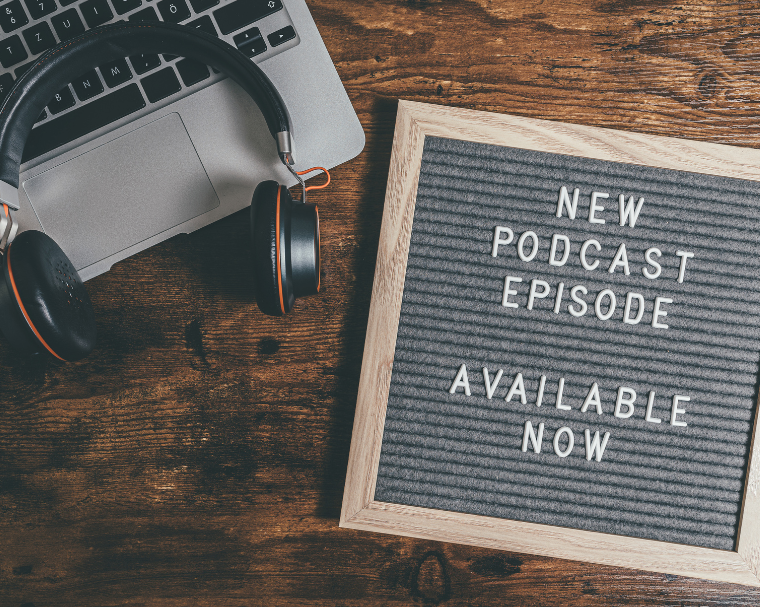In 2025, we’re not choosing between short-form and long-form content—we’re learning how to use both.
With attention spans shrinking and information overload growing, content strategies need to be sharp, intentional, and platform-specific.
So which format actually drives better results for your business?
Let’s break it down—plus share how to make both work together without doubling your workload.
The Evolution of Social Media Content Formats
It wasn’t too long ago that blogs were king, with thousands of words dominating search results. Then came YouTube, revolutionizing how we consume tutorials, deep dives, and reviews.
Today? Short-form content—like TikTok videos, Instagram Reels, and YouTube Shorts—is everywhere. It’s fast, snackable, and built for shareability.
But here’s the truth: both formats still matter.
- Short-form grabs attention
- Long-form builds trust, depth, and SEO authority
In 2025, the most successful brands are using both strategically.
Short-Form vs. Long-Form: Pros and Cons
Short-Form Content
Pros:
- High potential for virality
- Quick to create and consume
- Performs well on mobile
- Great for top-of-funnel brand awareness
Cons:
- Less space to explain or educate
- Limited SEO value outside the platform
- Short shelf life unless repurposed or boosted
Long-Form Content
Pros:
- Builds authority and deeper trust
- Better for SEO and discoverability
- Keeps your audience engaged longer
- Great for storytelling and detailed explanations
Cons:
- Requires more time to produce
- May not perform well on platforms that reward fast content
- Can feel overwhelming for new audiences
Best Platforms for Each Content Type
| Platform | Best For | Content Type |
|---|---|---|
| TikTok | Viral trends, tips, relatability | Short-form video |
| Instagram Reels | Quick tips, behind-the-scenes, promos | Short-form video |
| YouTube Shorts | Quick wins, product teasers | Short-form video |
| YouTube (main) | Tutorials, storytelling, interviews | Long-form video |
| Blog/Website | In-depth guides, SEO traffic | Long-form written |
| Thought leadership, repurposed blogs | Medium-to-long-form |
How to Balance Both for Maximum Reach
The good news? You don’t need to double your content workload.
Here’s how to make both formats work together:
Start with Long-Form “Core” Content
Create one high-value piece of content each week:
- A blog post
- A YouTube video
- A podcast episode

Repurpose Into Short-Form Content
From that one piece, you can create:
- 2–3 short videos (Reels, TikToks, Shorts)
- 1 LinkedIn carousel or text post
- 1 email or newsletter
- Quote graphics or pull-out tips

Batch + Schedule Your Content
Use tools like Metricool, Later, or Buffer to plan a week’s worth of content in one go.
Keep your long-form content focused on depth, and let your short-form pieces lead people toward it.
Related: What the Algorithm Actually Wants in 2025 (And How to Work With It)
SEO and Discoverability Tips for Both
For Long-Form Content:
- Use keyword research tools like Ubersuggest or Google Keyword Planner
- Structure your content with clear headers, bullet points, and internal links
- Optimize meta descriptions, titles, and image alt text
- Keep it updated regularly
For Short-Form Content:
- Use keywords in your captions and hashtags
- Add subtitles (most users scroll with sound off)
- Include a call-to-action in the first 3 seconds
- Post when your audience is most active

The question isn’t “Should I focus on short or long-form?” It’s:
“How can I turn one strong idea into content that performs across all platforms?”
That’s exactly what we help business owners do at Boostly—turn your best insights into scroll-stopping content and high-converting posts.
Book a free consultation with Boostly.Business today!













Leave a Reply